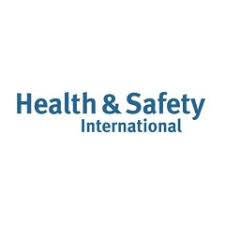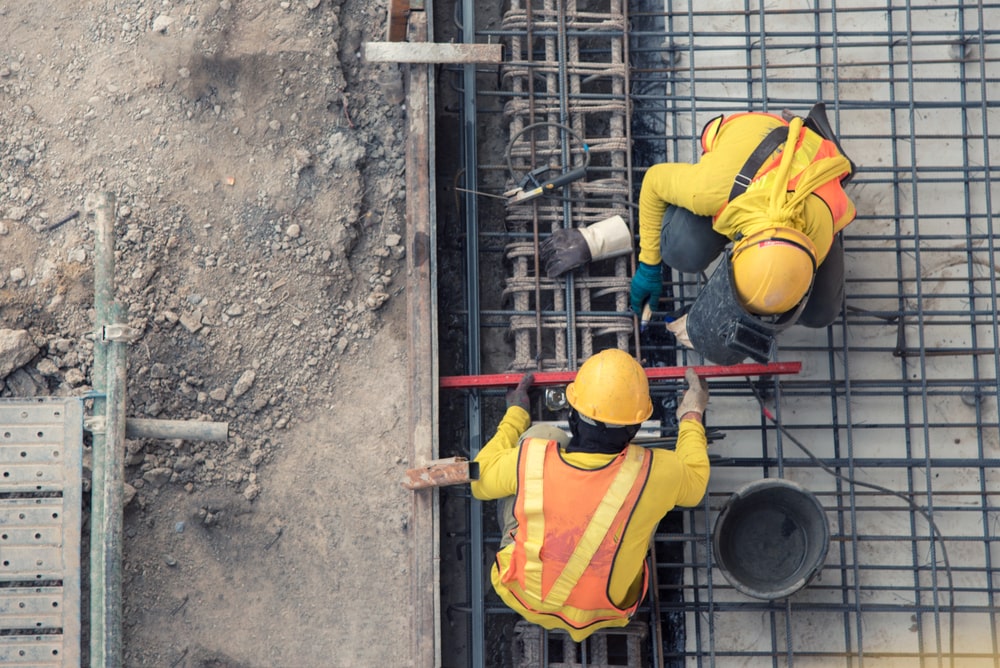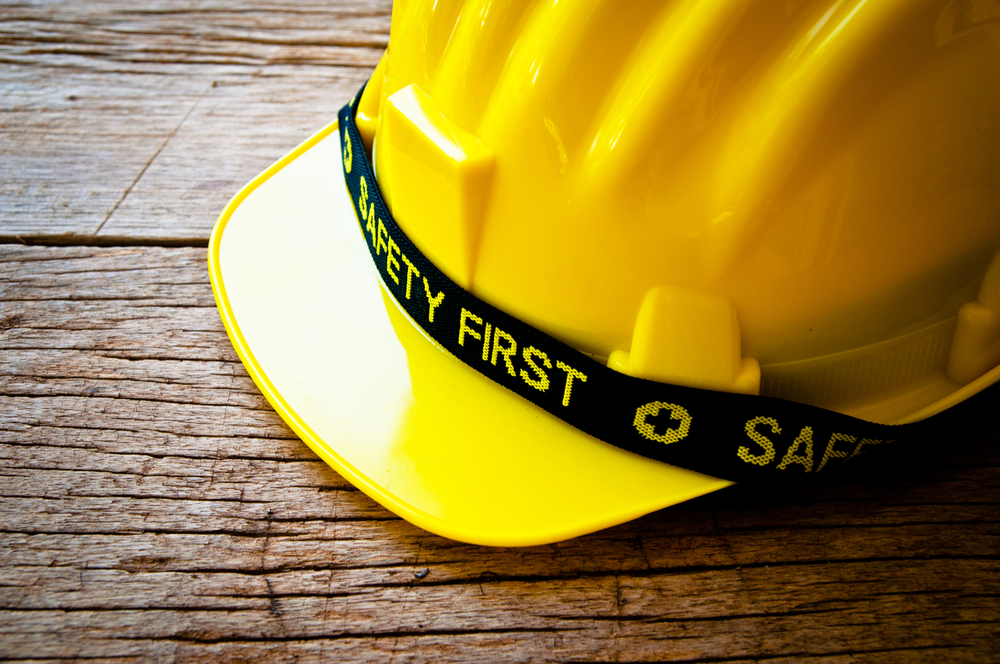News Post
All You Need to Know About the Health and Safety at Work Act
Health and safety in the workplace is immeasurably important. But, without the Health and Safety at Work Act of 1974, we might have never prized safety so highly. This piece of workplace legislation is highly significant and indeed has transformed the lives of working people across the UK. To simply define this legislation, we can say that this Act places a legal duty on employers (and employees who work for such organisations) to ensure practicable health and safety guidelines in relation to their activities. But, what does this legislation mean in practice? How does it keep employees safe? We’ve outlined the Health and Safety at Work Act here, in digestible terms, without the difficult – and pretty confusing! – legal jargon.
What is the Health and Safety at Work Act?
To be succinct, the Health and Safety at Work Act of 1974 (otherwise known as HSWA) is an example of government-mandated safety legislation, outlining the responsibilities of an employer as to reducing risks in the workplace. Employees are equally as responsible for conducting risk assessments and upholding safety measures whilst at work. The Health and Safety at Work Act also defines the measures that authorities can take to ensure these safety provisions are enforced.
The introduction of this Act was a turning point in the workplace for several reasons, and not just because a new spotlight was shone on the importance of health and safety! The Industrial Revolution and the lack of protection throughout the industries that flourished during this time have shown us just how important safety can be. What is significant about this Act is this: health and safety policy is determined for all workplaces, whether in the office or on the factory floor. It does not hone in on one industry or environment but all industries on a national scale.
Self-employed people are also included under this legislation, which is noteworthy! Even if you are your own employer and employee in equal measure, you still must adhere to the duties of employers as outlined in HSWA.
From retail to nuclear energy, the Health and Safety at Work Act has been revolutionary for taking into account health and safety for all potential sectors. This legislation was also the first of its kind to clearly outline the responsibilities for health and safety that workers and employees should take on!
The HSWA is versatile and adaptable, with various amendments since its original introduction in 1974. These amendments reflect the ever-evolving nature of industries across the country and demonstrate the continued importance of this Act. New health and safety concerns emerge on a near-constant basis, as in line with emerging technologies and practices. These emerging concerns are addressed in the evolving terms of the HSWA.
It’s important to note that the health and safety measures introduced by the HSWA are not designed to be a ‘foolproof’ cure to hazards in the workplace. Instead, by outlining contractual and legal responsibilities in the workplace, it is hoped that the welfare of employees is protected and as many potential risks reduced as possible.
How Does This Legislation Keep Employees Safe?
By handling matters of occupational safety under clearly outlined safety laws, this legislation serves to make a workplace aware of the risk to health in certain practices and processes, thus able to conduct a risk assessment of the aforementioned dangers and work towards an absence of risks in the working environment. Legislation is often about drawing awareness to a prevalent issue, and by being aware, it is far easier to secure the positive welfare (and protection) of employees.
This legislation emphasises the necessity of protective equipment, and the maintenance of such equipment, across all industries. For example, if you are a welder, protection for the face, body and hands becomes your mandatory right. An employer must provide you with personal protective equipment, for your continued health and safety. Millions of workers around the world without such measures operate in environments where the risk to their health is not minimised, and therefore they can face damage to the lungs and eyes.
Through the HSWA, these accidents are easily prevented and employees kept safe! Whether a factory worker or a temporary worker, this obligation to the provision of health and safety standard equipment stands.
Under the HSWA, we must also note guidance on the Control of Substances Hazardous to Health. These regulations answer the following questions: which substances are hazardous, and which training or precautions are essential to take? Substances such as asbestos can wreak havoc in the body and, unfortunately, were common in many workplaces during and after the Industrial Revolution.
Persons in control of the premises must instate control measures to ensure these substances are, if not eliminated, kept in check. This legislation, therefore, protects your body in the short and long term! Workers no longer have to engage with hazardous substances without adequate protection or supervision.
The Health and Safety Executive
The introduction of the HSWA in 1974 led directly to the creation of the Health and Safety Executive, an independent body with no relation to the government that serves to regulate health and safety in the UK. This Act imbues the Health and Safety Executive with the authority to oversee health and safety, pursue concerns related to such in the workplace, and conduct research in health and safety across the country. Significant hazardous working conditions, or major industrial incidents, are likely to be investigated by the Health and Safety Executive. In the worst-case scenarios, qualified inspectors can shut down workplaces indefinitely who do not adhere to the stringent guidelines. For dangerous offenders, criminal charges can be instated.
Neglecting the welfare of your employees is a criminal act - one that can carry a sentence of up to two years imprisonment. Be aware that, as the HSWA also provides guidelines as to the safety of non-workers (guests, clients and the general public) where workplaces overlap with the public sphere, you could also be prosecuted for failing to provide adequate safety measures for non-workers.
Utilising Expert Health and Safety Consultants to Enhance Your Safety Measures
It is fair to say that adhering to the many, many rules and regulations of the HSWA can become a stressful and challenging event for employers and employees alike. Knowing where your health and safety guidelines are lacking and impractical can be surprisingly difficult when you, yourself, do not have an impartial view of your workplace. Even the smallest adjustments can realign you with the regulations of HSWA, but it’s important to know what – and where – these adjustments are, and should be.
In this situation, we would recommend making use of expert health and safety consultants. By bringing in an educated consultant, it is far easier to enhance current safety measures and ensure your workplace is up to standard. The HSWA demands total compliance, and a health and safety consultant can guarantee that you meet this stringency.
Take note of SMS Europe: a reputable business that offers talented health and safety consultancy services to industries across the UK. This is a field that demands substantial experience and understanding: something that health and safety professionals sourced through SMS Europe have in the plentiful. Have faith in these health and safety consultants as a trusted voice that can support your workplace with factual information and expert insight. Knowing the Health and Safety Work Act inside out provides our health and safety consultants with an important edge: if there is an area in which your adherence to the legislation of the HSWA is lacking, it will be sure to be noted and adjusted accordingly.
Safety measures are the beating heart of your business, no matter the size and scale of your operations. Even as a team of one, or a handful of people, hiring a consultant can make life a lot easier. The average employer or employee might have no knowledge at all of the harmful substances, protective equipment or legal responsibilities needed: don’t let your lack of knowledge harm either you, your staff or your business. Reach out to SMS Europe and watch as your safety measures are brought up to scratch.
To talk to a member of the team about your existing health and safety policy, organise a full health and safety audit, or discuss any concerns, please get in touch today by calling 0845 224 0028 or emailing your query to office@smseurope.co.uk.
Latest News
Health and Safety in Schools Checklist
Health and safety should be a top priority in any workplace, but especially in schools. Not only are you responsible for your staff’s safety, but you need to maintain the welfare of your pupils too. To do so, you must uphold your legal complian..
It can be difficult to decide your future path - a lot can ride on it, after all - but a career in health and safety could be the right choice for you. There are several types of careers in the health and safety industry that might be a good fit..
What is ISO 45001?
If you’re wondering what ISO 45001 is, then this is the guide for you. Replacing the old OHSAS 18001 standard, ISO 45001 is the new international standard for occupational health and safety management. In this guide, we'l..
Who Enforces Health and Safety?
The enforcement of health and safety is crucial to maintain healthy workplaces. The term health and safety itself covers the safety legislation and safety law that comes under the Health and Safety at Work Act 1974. In general, this means t..
Health and safety training is a requirement in the workplace, no matter which sector you work in. Our experts at SMS Europe have been providing an extensive range of specialist health and safety services for almost 20 years. To help make work en..
Health and safety in the workplace is all about controlling risks in a way that protects both your employees and your company. Strong leadership, including your employees, managers, suppliers, contractors, and consumers, is a characteristic of great ..
Health and safety in the workplace is immeasurably important. But, without the Health and Safety at Work Act of 1974, we might have never prized safety so highly. This piece of workplace legislation is highly significant and indeed has transform..
Fire Safety and Fire Risk Assessment at Leased Offices and Buildings Fire safety at leased single and multi- tenanted offices can be approached in a number of ways. Generally speaking, there are three types of premises, (single occupancy lea..
Safety Gloves
Please have a read at SMSE Managing Director Philip Marsden's article on Safety Gloves which is published in the February 2022 edition of Health and Safety International Magazine. https://www.hsimagazine.com/article/fits-like-a-glove/ We wo..
Current Health and Safety Industry Trends
New Guidance Released for Managing Home Workers As an employer, you have the same health and safety responsibilities for those who work from home as you do for all other employees who may work from the workplace. In most cases, the dange..
Who Is Responsible for the Health and Safety on a Building Site? Legally, the responsibility of health and safety within the business lies with the employer. It is up to them to make sure the environment meets the necessary health and safety requi..
No one wants to be injured whilst at work, and no one wants their staff to be injured, especially whilst on the job. That doesn’t mean that accidents don’t happen. In fact, each year an average of 22 manufacturing workers die in workplace..












